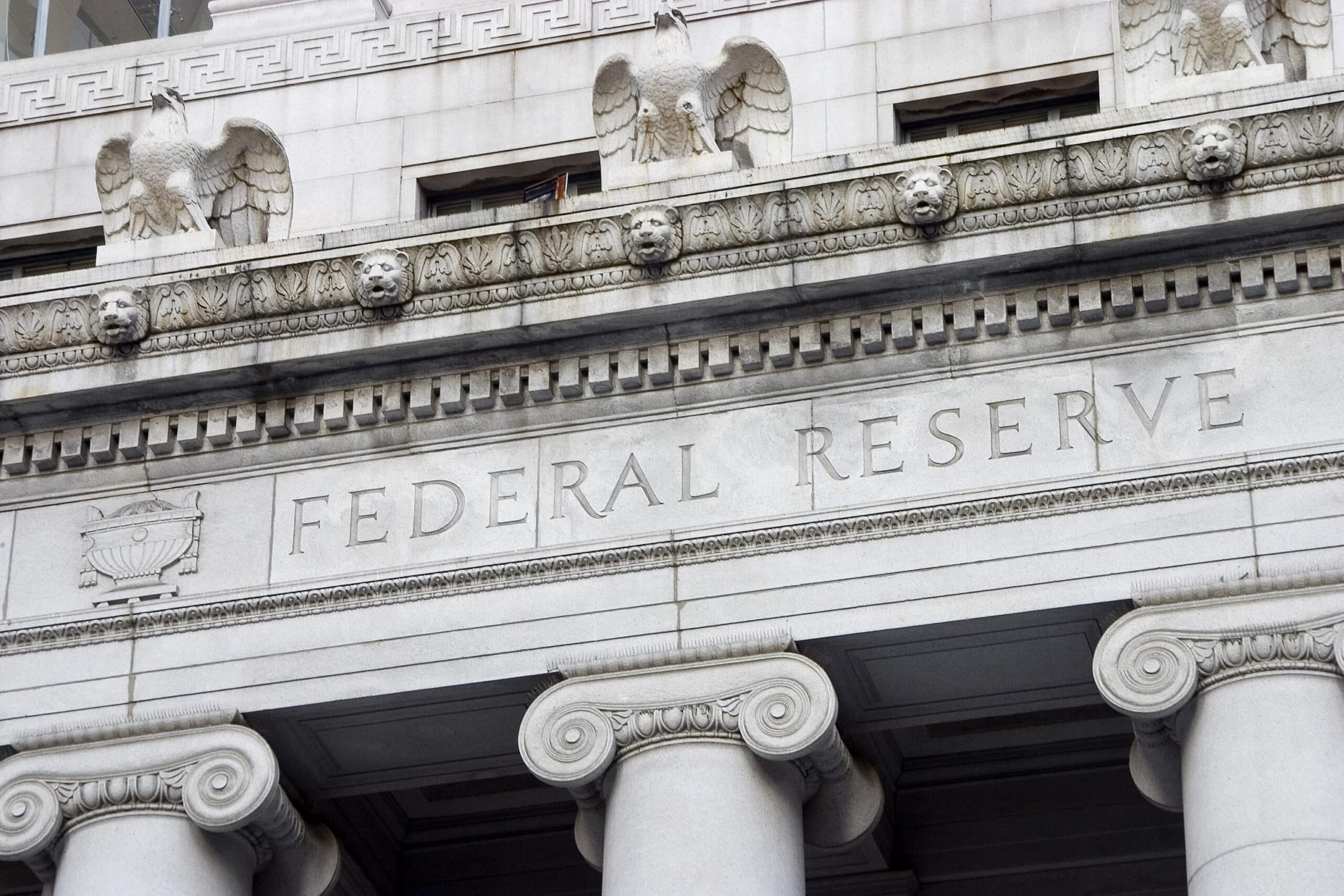Consumer Credit Scores Rise But Risks Remain, Executive Says

Nearly half of consumers saw their credit scores increase by 20 points or less this year, but subprime lenders should be cautious of the real impact it has on consumers’ ability to repay, said Damon Edmondson, chief of analytics at debt purchaser and servicing company Flock Specialty Finance.
Credit scores increased by an average of 11 points and 18% of affected consumers experienced an increase of more than 30 points, according to an analysis this month by the Federal Reserve Bank of New York’s Liberty Street Economics blog.
The change is due to an agreement made in late 2017 between the top three credit rating agencies — Equifax, Experian, and TransUnion — and the Attorneys General of multiple states. The agreement updates the mandatory data reporting requirements, which resulted in the number of defaulted collections accounts shown on consumers’ credit reports to sharply decline.
Specifically, the portion of consumers with a defaulted collections account on their report dropped to 9% in the fourth quarter compared with 12% in the prior period. “The impact was beneficial in that it made the numbers more accurate as to what accounts were sitting in collections status,” Edmondson told AFN.
“Theoretically, it means they look a little better on their credit scores, but it doesn’t mean they actually paid off accounts that were in collections, it just means those accounts are no longer accounted for in the score.” For 20% of affected consumers, the change in reporting was enough to lift them out of subprime status above a 620 score, according to the report. “What that means to a lender is that a score that looks like a [630] today probably was a [610], about 180 days ago,” he said. “But, the actual nature of that consumer didn’t actually change one bit.”















